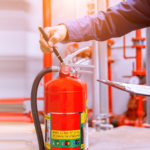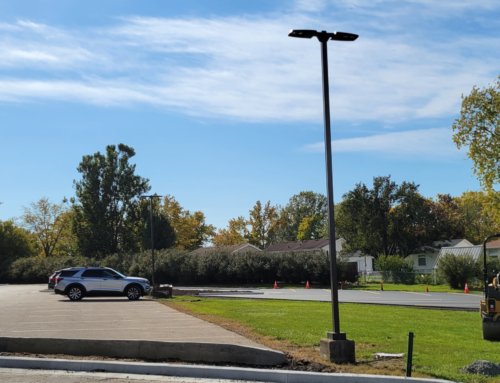Top OSHA Violations: Ensuring Workplace Safety

Occupational Safety and Health Administration (OSHA) is a regulatory agency that plays a crucial role in ensuring the safety and well-being of employees across various industries. OSHA sets and enforces standards to prevent workplace accidents, injuries, and fatalities. In this blog post, we will discuss the top OSHA violations that have persisted in recent years, emphasizing the importance of adhering to safety guidelines to create a secure work environment.
1. Fall Protection:
One of the most common and critical violations identified by OSHA is related to fall protection. Falls from heights can lead to severe injuries and fatalities. Employers are required to provide fall protection systems such as guardrails, safety nets, and personal fall arrest systems when employees work at elevations of six feet or more. Failure to comply with fall protection standards is a significant breach that can result in severe consequences.
2. Hazard Communication:
OSHA mandates that employers must communicate potential workplace hazards effectively to their employees through training programs, safety data sheets (SDS), and labels on hazardous materials. Violations in hazard communication often involve improper labeling, lack of employee training, and inadequate access to safety data sheets. These violations can lead to accidental exposures, health risks, and confusion about proper handling and storage of hazardous substances. (Shop Hazard Labels)
3. Scaffolding:
Improperly constructed or maintained scaffolding is a frequent violation reported by OSHA. Scaffolds provide access to elevated areas during construction, maintenance, or repair work. Employers are responsible for ensuring the stability and structural integrity of scaffolds, including proper assembly, planking, and guardrails. Violations in scaffolding safety can result in falls, collapses, and other accidents, causing severe injuries or fatalities.
4. Respiratory Protection:
In industries where workers are exposed to harmful airborne contaminants, respiratory protection is essential. OSHA requires employers to provide appropriate respirators, conduct fit testing, and implement respiratory protection programs. Failure to comply with these standards puts employees at risk of inhaling hazardous substances, leading to respiratory illnesses, long-term health issues, and even death. (Shop Respiratory Products)
5. Lockout/Tagout:
The failure to properly control hazardous energy sources during equipment maintenance or servicing is a serious violation identified by OSHA. Lockout/Tagout (LOTO) procedures are designed to prevent the accidental startup of machinery or equipment, which can cause severe injuries or fatalities. Employers are obligated to train employees on LOTO procedures, provide appropriate lockout devices, and enforce strict adherence to these safety protocols. (Shop Products)
Maintaining a safe work environment is a fundamental responsibility for employers. By addressing and rectifying the top OSHA violations, employers can significantly reduce the risk of accidents, injuries, and fatalities. Prioritizing fall protection, hazard communication, scaffolding safety, respiratory protection, and lockout/tagout procedures demonstrates a commitment to employee well-being and compliance with OSHA regulations. Ultimately, a safe workplace not only protects employees but also enhances productivity and fosters a positive work culture. Let us remember that adhering to OSHA guidelines is a shared responsibility that benefits everyone involved.









